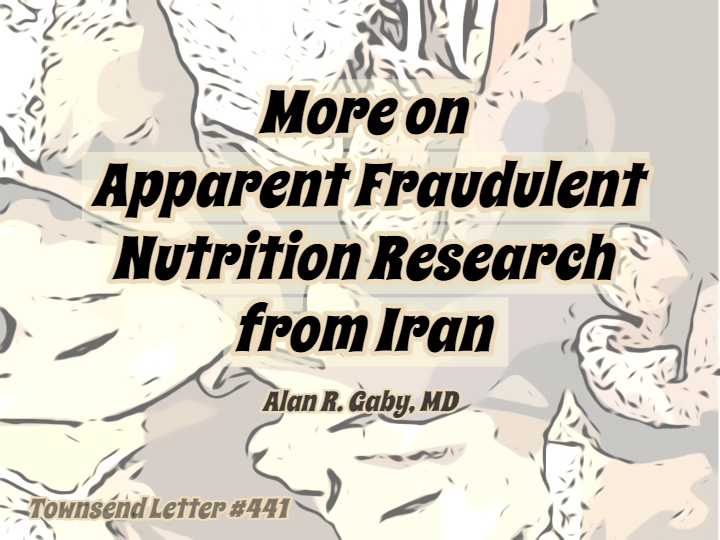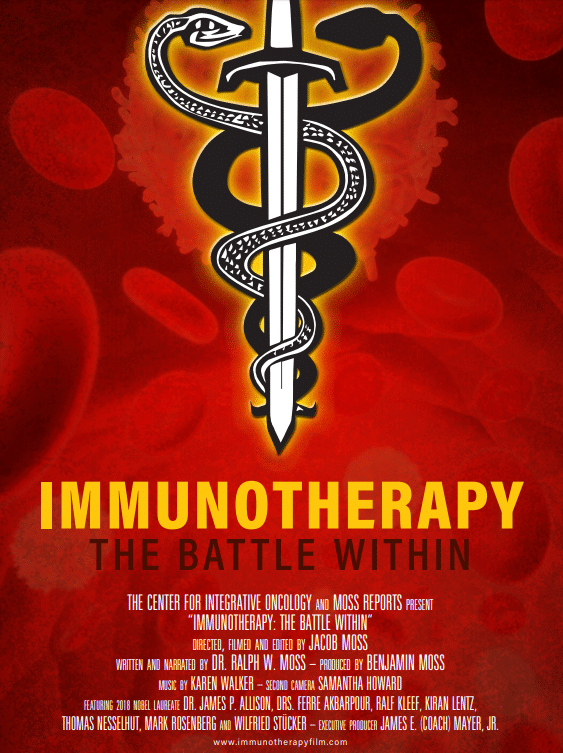article continued…
Vaccinologists at the CDC give lip-service for need to invest in vaccine safety infrastructure11 “at a level commensurate with investments in vaccine development,” particularly through post-licensure studies that compensate for the “well-known limitations” of prelicensure clinical trials. In what seemed like a lucid moment, these vaccine researchers also state there should be “increasing emphasis…on proving, rather than assuming, that no problems are associated with a vaccine.” But actions speak louder than empty words. One action was to ignore CDC whistleblower, Dr. William Thompson, whose confession is hard to ignore:
I have waited a long time to tell my story and I want to tell it truthfully. I have been involved in deceiving millions of taxpayers regarding the potential negative side effects of vaccines. We lied about the scientific findings. The CDC can no longer be trusted to do vaccine safety work. Can’t be trusted to be transparent. The CDC can’t be trusted to police itself.12
Puliyel and Sathyamala state that, as a result of the EMA’s failure to perform due diligence on Infanrix hexa, “numerous children were unnecessarily exposed to the risk of death.” They admonish that the “proof” offered by vaccine manufacturers cannot be accepted uncritically and that regulatory agencies must scrutinize pharma-authored/pharma-funded reports rather than simply rubber-stamping them. The problem is in not recognizing the extent to which regulatory agencies have been bled out from the inside by the vaccine industry. For example, in the US, the National Association of County and Public Health Officials (NACCHO) operates under a written policy to eliminate all exemptions to vaccines “to the greatest degree possible,” other than medical exemptions, which they want to allow only on their terms. The elimination of personal belief exemptions (PBEs) is code for eliminating informed consent. Agencies in collusion with medical boards encourage attacks on those with opposing opinions be that to discredit, silence or discipline them.
Indoctrinated by the “vaccines are safe, and the science is settled” groupthink, all risks associated with vaccines are now considered acceptable risks; there is no room for discussion or debate (“any possible doubts, whether or not well founded, about the safety of the vaccine cannot be allowed to exist”). However, even acceptable risk may become unacceptable over time or because circumstances change – such as the changing to a hexavalent vaccine or the health status or clinical condition of a child. Note that the schedule of vaccines for children has never been clinically evaluated for safety either prospectively or retrospectively. Having no science is not settled science; it is non-science, pseudo-science, and often fatally fraudulent.
What Is Unacceptable Risk?
Few would argue that having a life-threatening anaphylactic reaction to a previous vaccine might be an almost certain consequence of receiving another vaccine, but should that be held out as the standard that needs to be reached for unacceptable risk? Unacceptable risk is not limited to a history of already being injured by a previously given vaccine. You don’t withhold a white cane from a blind person until they can demonstrate that they might be hit by a bus whilst walking down the street. The fact that they are blind calls for a white cane. In the same way, in the war against disease, you don’t force the genetically infirm, for example, to be part of a public health army any more than you would send soldiers in wheelchairs to the front line.
Proponents of compulsory mass vaccine programs might argue that giving white canes to all the blind is too expensive or, if the blind actually found that walking down the street without a cane could cause them harm, they might not walk down the street at all. Should anyone question
how inappropriate it is to withhold white canes from the blind, the authorities will insist it is just “coincidence” that the blind are injured walking around without white canes.
That might seem sadly humorous, but adverse events (AEs) are not to be trivialized13:
AEs not only affect patients and their families but also may have devastating effects on health care providers, who may suffer emotional consequences both from preventable AEs and from subsequent malpractice litigation. Affected clinicians may feel guilt, shame, and isolation, and these feelings may be exacerbated by negative reactions from their colleagues. Anticipated or actual punitive consequences can add additional emotional and financial burdens on providers.
Alas, there is legal immunity for healthcare workers in the US for contributing to AEFI. Indeed, there are no punitive consequences. And given there is a lack of understanding about AEFI, there is no remorse either.
Who Is Responsible for Vaccine Safety?
A US law was passed in 1986, called the National Childhood Vaccine Injury Act. This was at a time when there was no coercion to get vaccines, and there were only 23 doses of vaccines required; but there were a lot of legal actions taking place against vaccine manufacturers, and they insisted on liability protection or they would no longer make vaccines. The law removed all liability from vaccine manufacturers and gave 100% responsibility for determining and evaluating vaccine safety to the Department of Health and Human Services (HHS). Not only was HHS responsible for safety, but it was legally required to report on same to the US Congress every two years. A recent court settlement had HHS admitting they have no reports – 30 years of no reports to Congress even though the law required same.14
Eventually, these HHS reports to Congress would likely have attracted a great deal of public attention, and open hearings would have been a likely outcome. The science (or lack thereof) of vaccinology would be center stage, and why would HHS want that? Better to ignore the law, hope no one notices, never study vaccine safety, and never try to improve on it (“possible doubts, whether or not well founded, about the safety of the vaccine cannot be allowed to exist”). Baum and Anello state:
Vaccine safety is initially assessed in prelicensure clinical trials. However, such trials usually have sample sizes that are insufficient to detect rare adverse events. In addition, vaccine trials are usually carried out in well-defined, homogeneous populations with relatively short follow-up periods, which may limit their generalizability. Post-licensure drug evaluations have relied on passive surveillance systems to monitor adverse events. Such systems are more practical and less expensive than controlled trials; however, their data are usually inadequate to determine causality.15
Send in the Vaccines?
Where are the vaccines for some of the world’s ongoing plagues? Is it just that there hasn’t been enough money thrown at them, or are there just certain diseases that will never allow a vaccine to be efficacious? To facilitate protective immunity against malaria, TB and HIV requires the induction of humoral, antibody-dependent cellular inhibition (ADCI) and effector and memory cell responses that are sustained and vaccine efficacy at or above 75%. The genetic complexity of the pathogens in question exhibit genetic diversity and antigenic variation during the different stages of their life cycles that either exceed our current ability to create a vaccine or are not able to be addressed by any vaccine.
Even the vaccines used today don’t necessarily provide protective immunity. The DTaP vaccine, for example, conveys no such protection, as that vaccine only mitigates the impact of the toxin made by the bacteria but is not capable of preventing colonization and transmission of B. pertussis. Those aP antibodies are also very ephemeral and may not last more than three years.16 But there are other reasons for concern: “we conclude that aP vaccination interferes with the optimal clearance of B. parapertussis and enhances the performance of this pathogen. Our data raise the possibility that widespread aP vaccination can create hosts more susceptible to B. parapertussis infection.”17 Parapertussis does not produce a toxoid so the vaccine has no activity against a toxin that is not even present.
For the acellular pertussis vaccine to work, the Bordetella pertussis bacteria must have pertactin (PRN)–a key antigen component of the acellular pertussis vaccine. A study that screened B. pertussis strains isolated between 1935 and 2012 for gene insertions that prevent production of PRN found significant increases in PRN-deficient isolates throughout the US.18 The earliest PRN-deficient strain was isolated in 1994; by 2012, the percentage of PRN-deficient isolates was more than 50%.
The CDC found the B. pertussis strains isolated in 2012 from six CDC sites:
Enhanced Pertussis Surveillance Sites indicated that 85% of the isolates were PRN-deficient and vaccinated patients had significantly higher odds than unvaccinated patients of being infected with PRN-deficient strains. Moreover, when patients with up-to-date DTaP vaccinations were compared to unvaccinated patients, the odds of being infected with PRN-deficient strains increased, suggesting that PRN deficient- bacteria may have a selective advantage in infecting DTaP-vaccinated persons.19
In case the nuance of this report was missed, the CDC did do a vaccinated vs. unvaccinated comparison (at least for the DTaP). What they found was those children vaccinated with the DTaP were far more likely (“a 2- to 4-fold greater odds”) of having PRN-deficient B. pertussis than the unvaccinated, to be infected by PRN-deficient pertussis, which seems to now comprise almost 90% of the circulating strains. It means not only does the current vaccine have little to no efficacy but increases the chance of coming down with the very illness it is meant to prevent. Gill et al. state:
This disease is back because we didn’t really understand how our immune defenses against whooping cough worked, and did not understand how the vaccines needed to work to prevent it….Instead we layered assumptions upon assumptions, and now find ourselves in the uncomfortable position of admitting that we made some crucial errors. This is definitely not where we thought we’d be in 2017.20
So, public health authorities are mandating a vaccine that doesn’t work as advertised, and once vaccinated the child is more likely to get the infection. Is that a public health intervention you coerce people to take or destroy the right of informed consent over?






